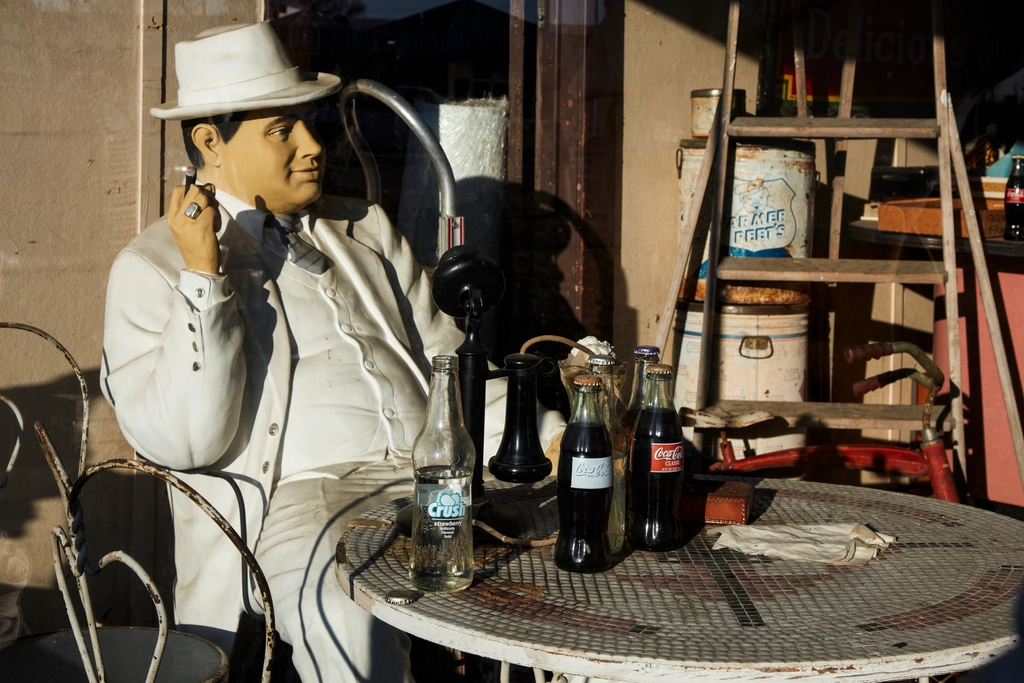- The Most Audacious Cultural Property Thefts in History - April 22, 2025
- P. Diddy and the Culture of Silence in the Entertainment World - April 8, 2025
- Crimes That Made the FBI Rethink Everything - April 5, 2025
1. Introduction to Al Capone

Al Capone, often known as “Scarface,” is one of the most infamous figures in American criminal history. Born in 1899 in Brooklyn, New York, Capone’s journey from a streetwise kid to the leader of the notorious Chicago Outfit is a tale that continues to fascinate. As a prominent gangster during the Prohibition era, Capone’s name became synonymous with organized crime. His life was a blend of ruthless ambition and a charismatic public persona, making him a figure of both fear and intrigue. Capone’s activities, from bootlegging to gambling, left a permanent mark on American society, influencing various aspects of culture and media.
2. The Prohibition Era and Its Impact
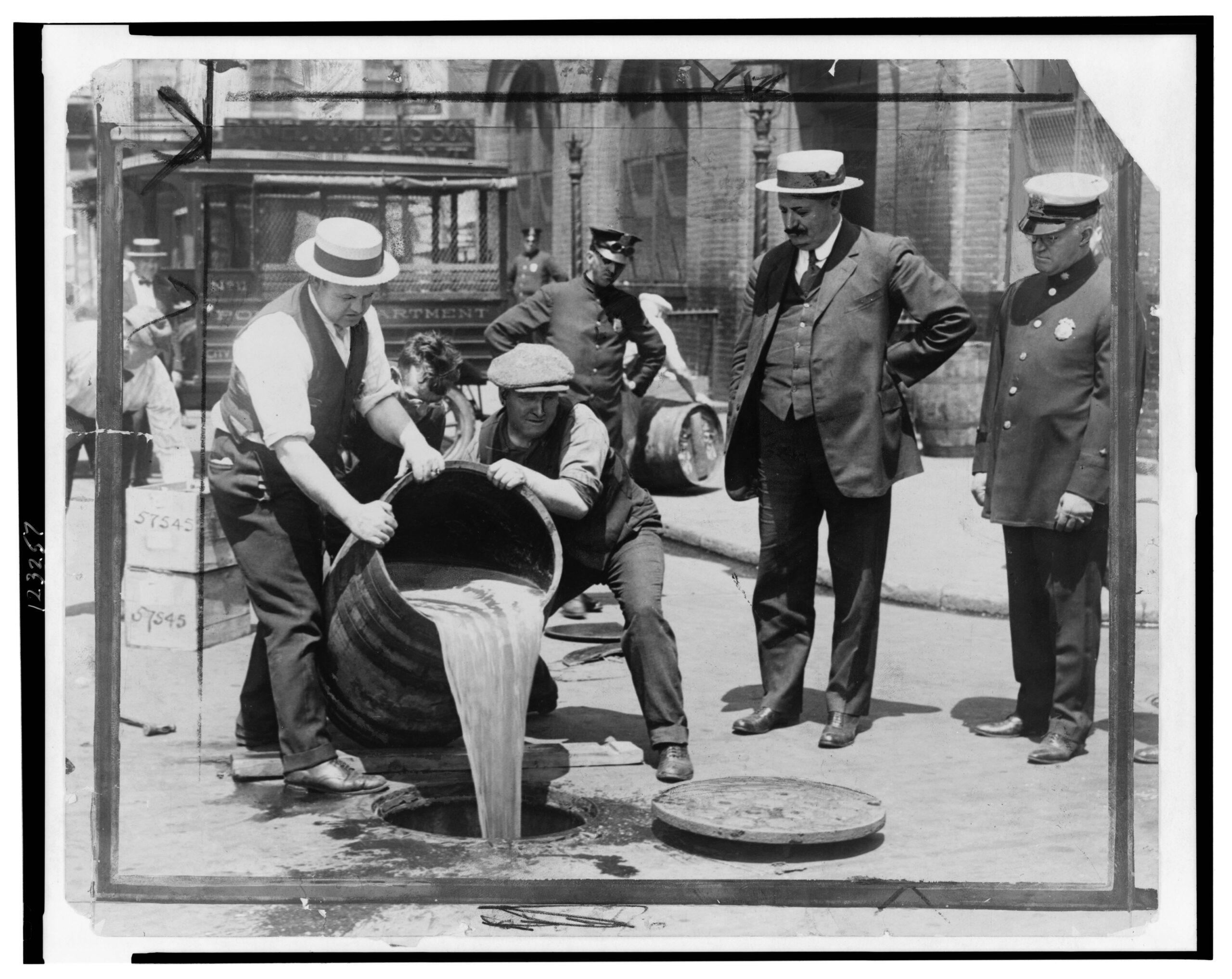
The Prohibition era was a time of significant change in America, driven by the 18th Amendment, which banned the sale of alcohol from 1920 to 1933. This period provided fertile ground for organized crime to flourish, as gangs like Capone’s stepped in to supply the illegal demand for liquor. Capone’s operations, including speakeasies and underground breweries, thrived, contributing to the era’s notorious reputation of lawlessness and excess. The era saw not only the rise of crime but also the corruption of law enforcement, as officers were often bribed to turn a blind eye. Capone’s success during Prohibition highlights how societal changes can give rise to unforeseen consequences.
3. Capone’s Criminal Empire
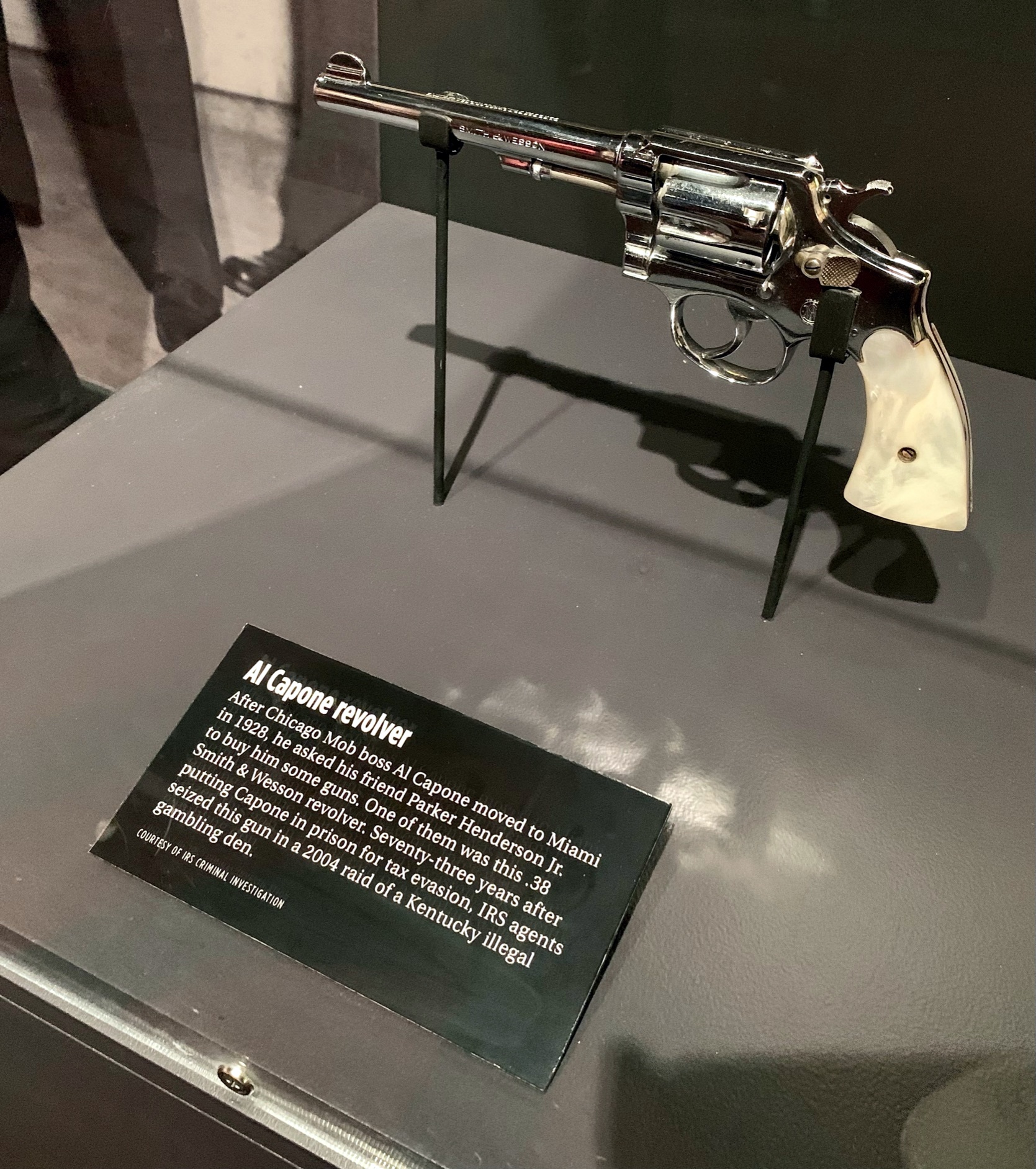
Al Capone’s criminal empire was a well-oiled machine that controlled much of Chicago’s illegal alcohol trade. His operations extended beyond bootlegging to include gambling and prostitution, making him a kingpin in the underworld. Capone’s empire was both a symbol of his power and a testament to his business acumen. At the peak of his influence, it is estimated that Capone’s operations generated over $100 million annually. Despite his criminal activities, Capone managed to maintain a public image as a community benefactor, showcasing his ability to manipulate public perception. This duality contributed to his enduring infamy.
4. Media Portrayal and Public Perception
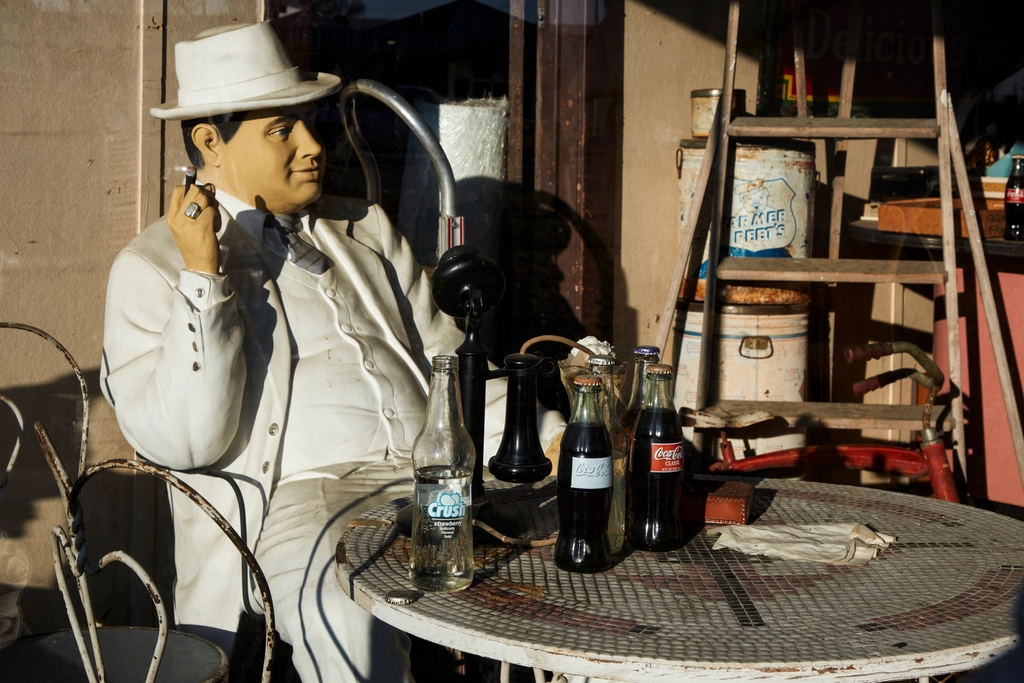
The media played a pivotal role in shaping the public’s view of Al Capone. Newspapers of the time often sensationalized his activities, presenting him as a larger-than-life figure who was both feared and admired. Capone was depicted as a Robin Hood-like character, a gangster with a heart who cared for the less fortunate. This portrayal was far from the truth but added to his mystique. The media’s fascination with Capone didn’t end with his life; his story has been retold in countless films, books, and television series, cementing his place in American cultural history. These portrayals continue to influence how we perceive organized crime.
5. Capone’s Downfall and Imprisonment
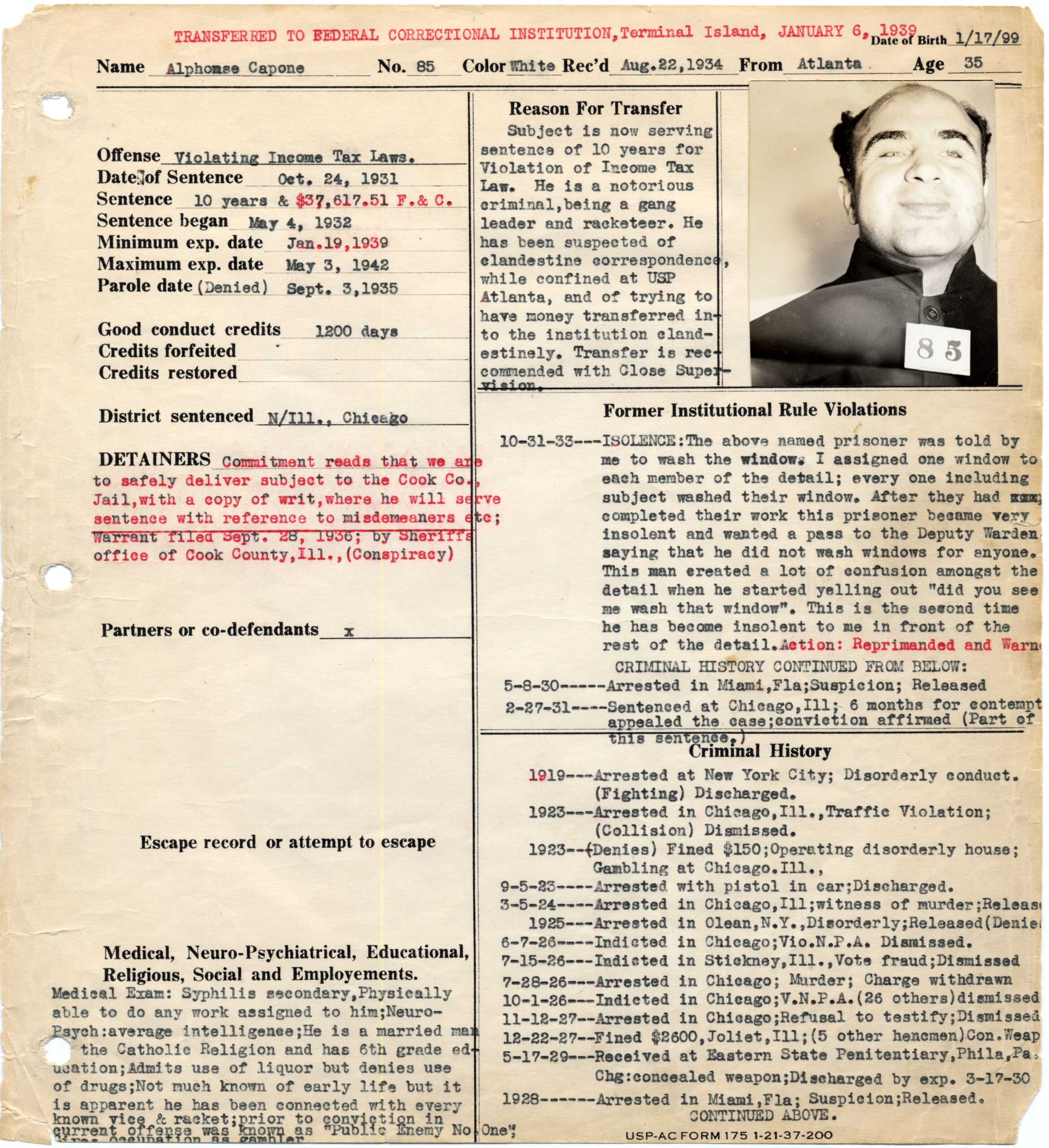
Despite his seeming invincibility, Al Capone’s downfall was inevitable. In 1931, he was convicted of tax evasion, a charge that was less about the severity of the crime and more about the government’s determination to bring him to justice. Sentenced to 11 years in federal prison, Capone’s incarceration marked the end of his reign and the decline of his criminal empire. His imprisonment was a turning point in the fight against organized crime, demonstrating that no one was above the law. Capone’s time in prison highlighted the government’s commitment to cracking down on crime, leading to more effective law enforcement strategies.
6. Cultural References and Legacy
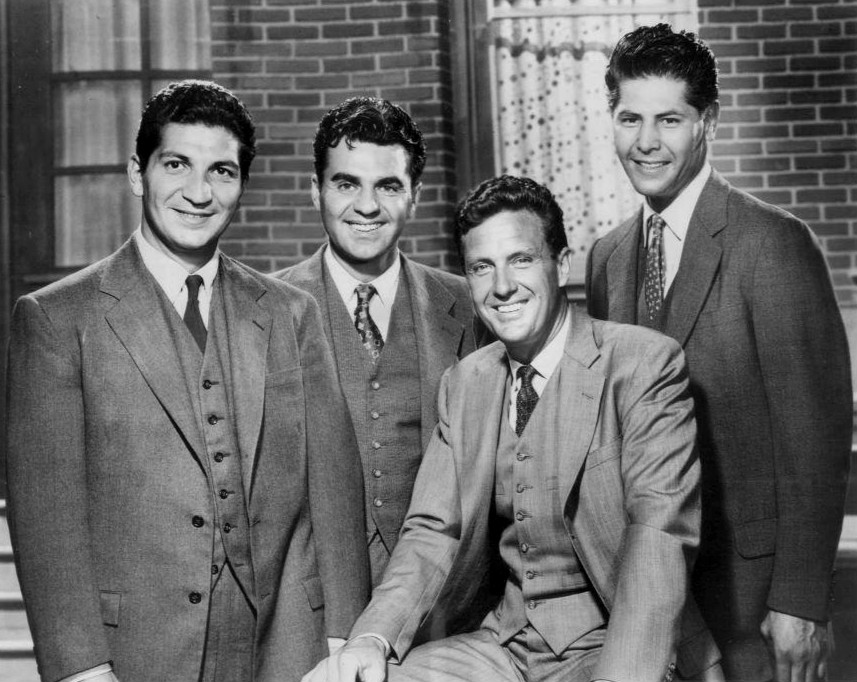
Al Capone’s legacy extends far beyond his criminal activities, permeating various facets of American culture. He has become an enduring symbol of the Roaring Twenties, an era marked by excess and rebellion. His life has inspired numerous works of fiction, from the movie “The Untouchables” to the TV series “Boardwalk Empire.” These portrayals often romanticize Capone’s life, contributing to the mythology that surrounds him. His story serves as a lens through which we view the complexities of crime, power, and media influence. Capone’s legacy is a testament to the enduring allure of the outlaw figure in American culture.
7. The Impact on Law Enforcement

Capone’s reign had a profound impact on law enforcement practices in the United States. His ability to evade capture for so long exposed the weaknesses in existing policing methods, prompting significant reforms. One of the most notable changes was the establishment of specialized units, such as the FBI’s organized crime division, aimed at tackling the challenges posed by figures like Capone. These changes laid the groundwork for modern policing strategies, emphasizing the need for collaboration and intelligence-driven operations. Capone’s legacy in law enforcement is a reminder of the ongoing battle between crime and justice.
8. Capone’s Influence on Modern Gangsters

The legacy of Al Capone is evident in the operations of modern gangsters, who often emulate his methods and persona. Capone’s life set a precedent for organized crime, showcasing the effectiveness of violence, corruption, and public relations in maintaining power. Many contemporary criminals draw inspiration from Capone’s ability to blend brutality with charm, using similar tactics to manipulate public perception and evade law enforcement. Criminologists and sociologists continue to study Capone’s influence, exploring how his legacy shapes the dynamics of modern organized crime. His impact is a testament to the lasting power of his story.
9. The Myth vs. Reality

While Al Capone is often romanticized in popular culture, the reality of his life was far more complex and brutal. The violence and corruption that characterized his empire led to significant suffering and loss of life. Understanding the distinction between the myth and reality of Capone’s life is crucial for a comprehensive view of his legacy. Scholars and historians continue to debate the moral implications of his actions and the societal conditions that allowed him to thrive. Capone’s story serves as a cautionary tale about the seductive nature of power and the consequences of unchecked ambition.
10. Conclusion: Capone’s Enduring Legacy
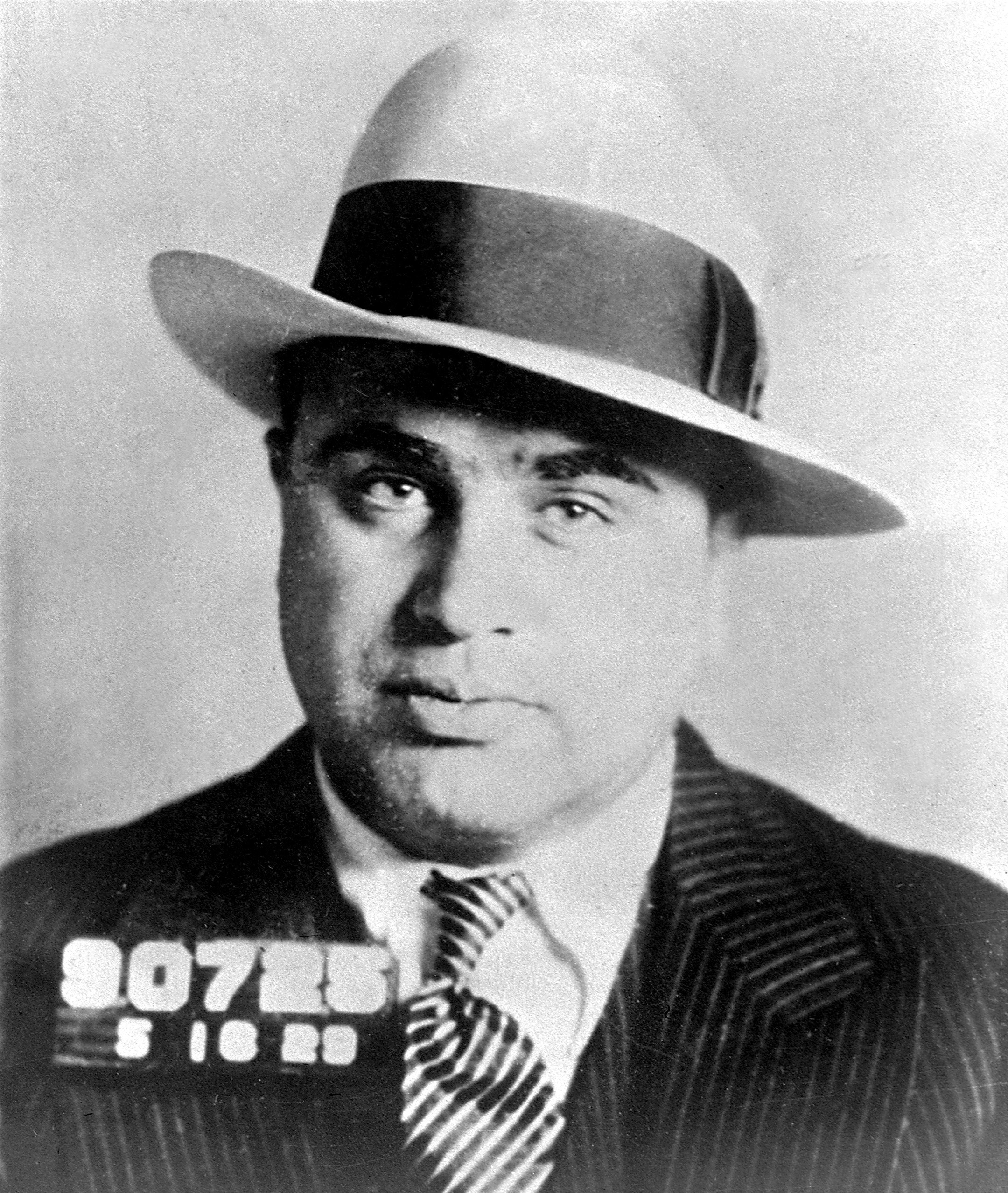
Al Capone’s legacy is a multifaceted tapestry woven into the fabric of American culture. His life story reflects the challenges of law enforcement, the allure of organized crime, and the impact of media on public perception. As society continues to grapple with issues related to crime and justice, Capone’s legacy serves as a reminder of the darker aspects of the American Dream. His story is not just one of crime but also of the cultural and societal changes that shaped the nation.

